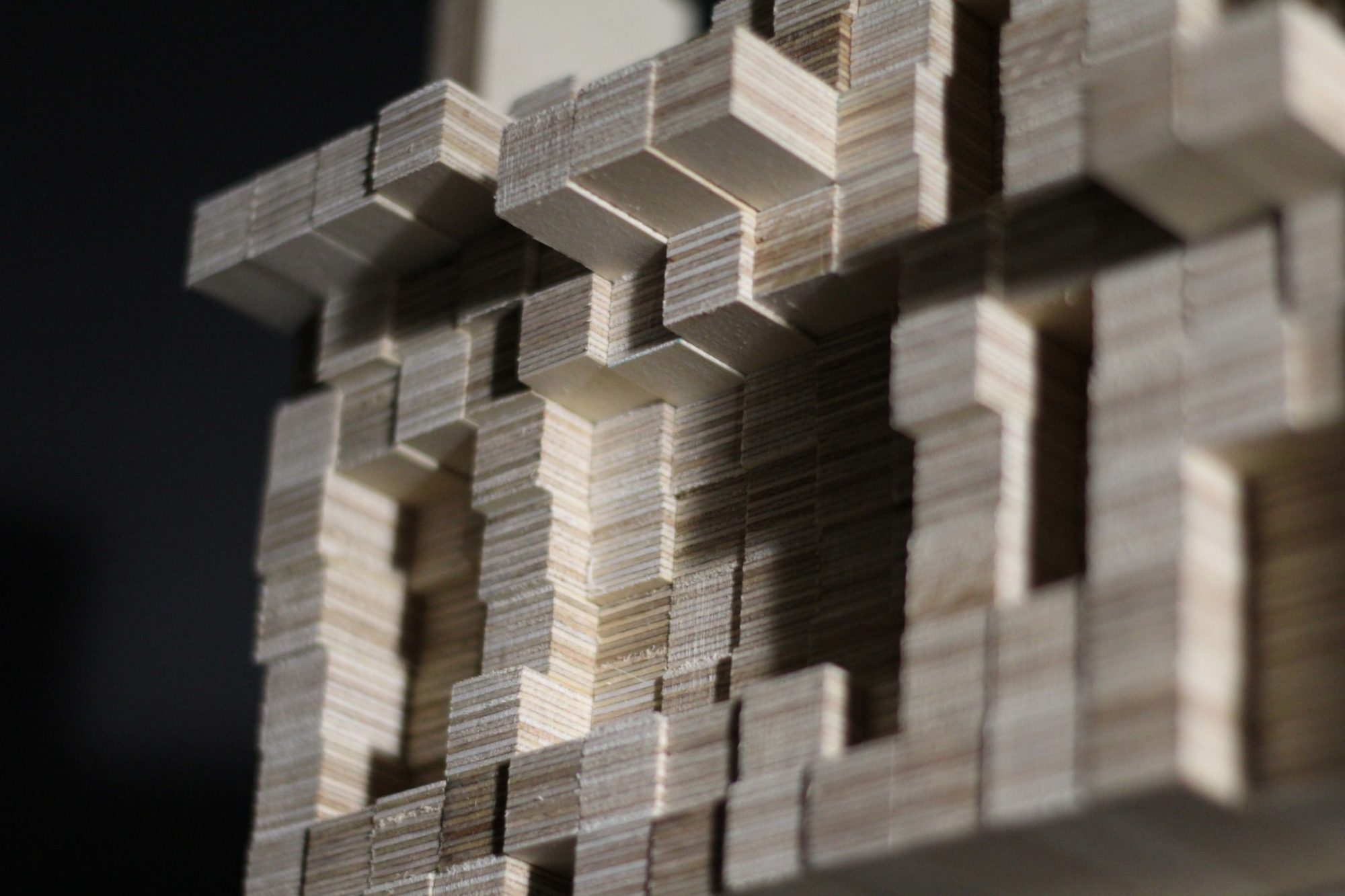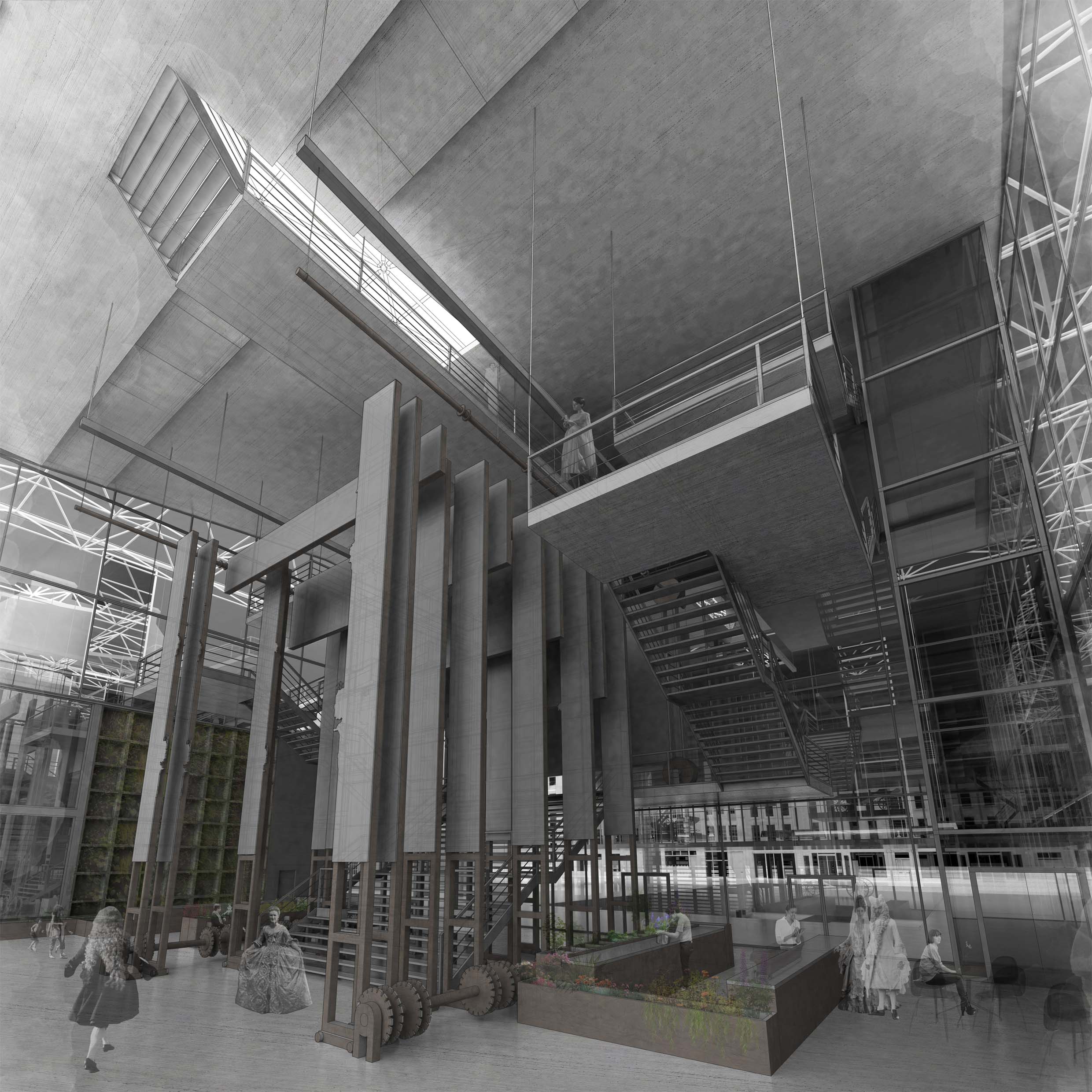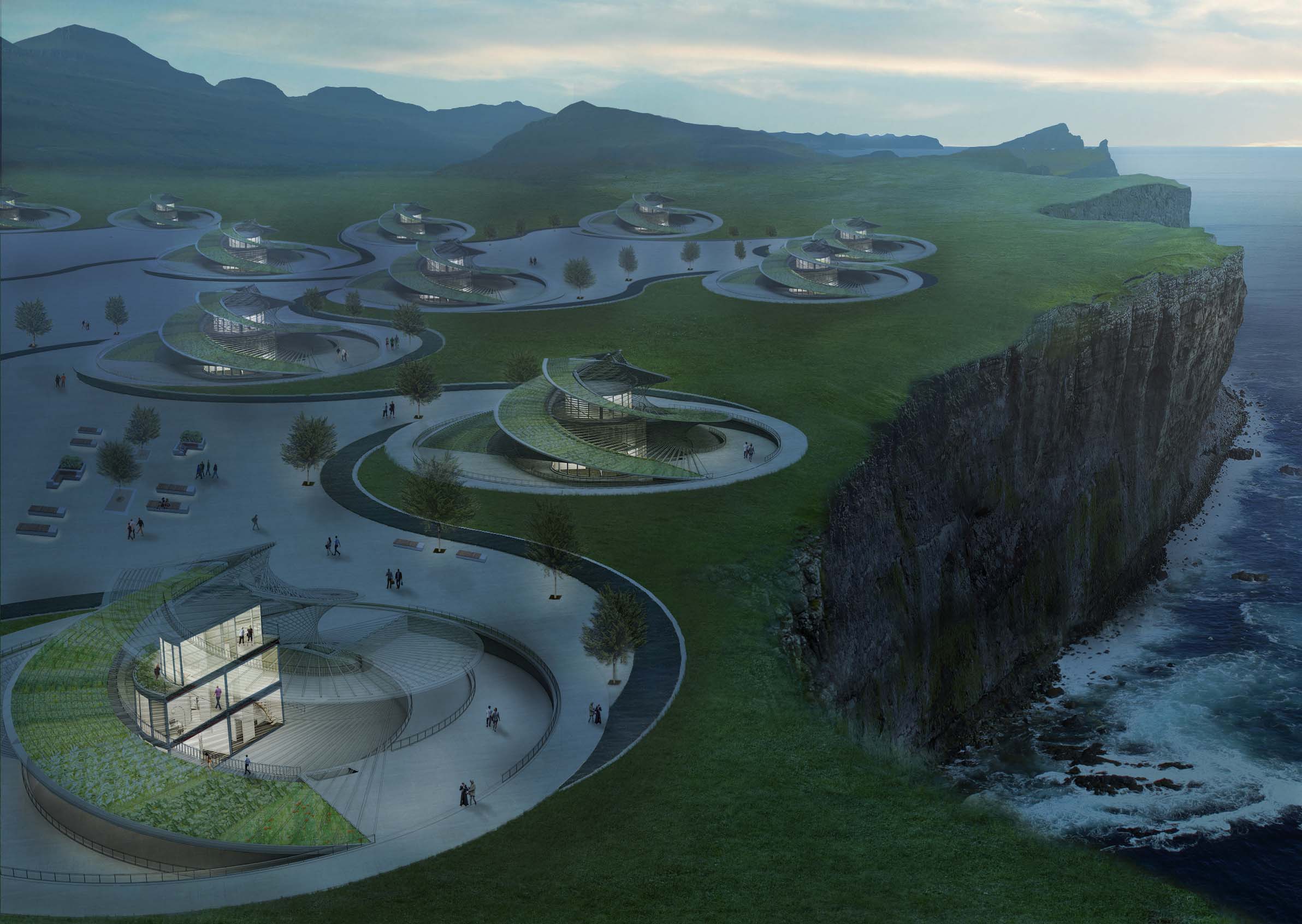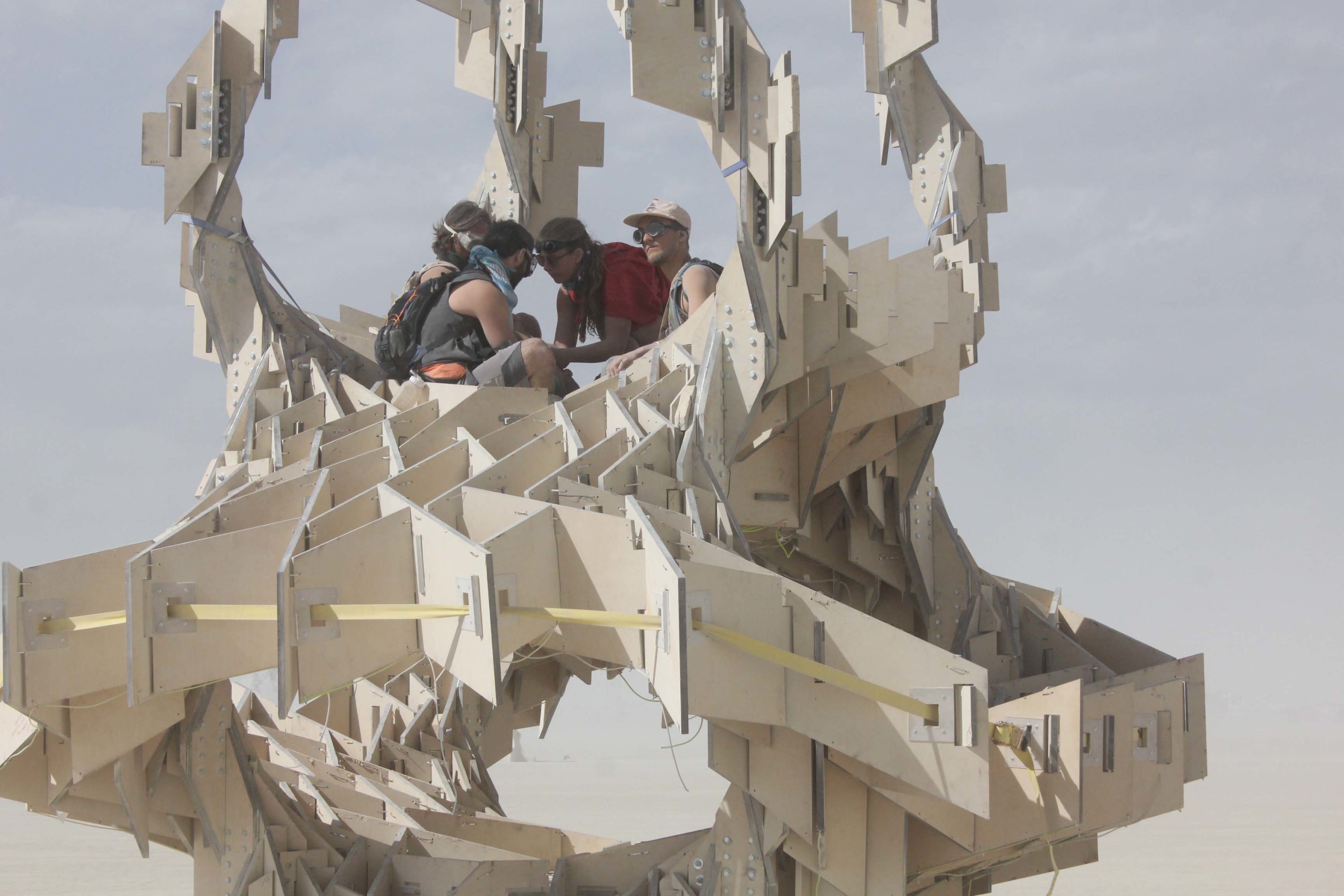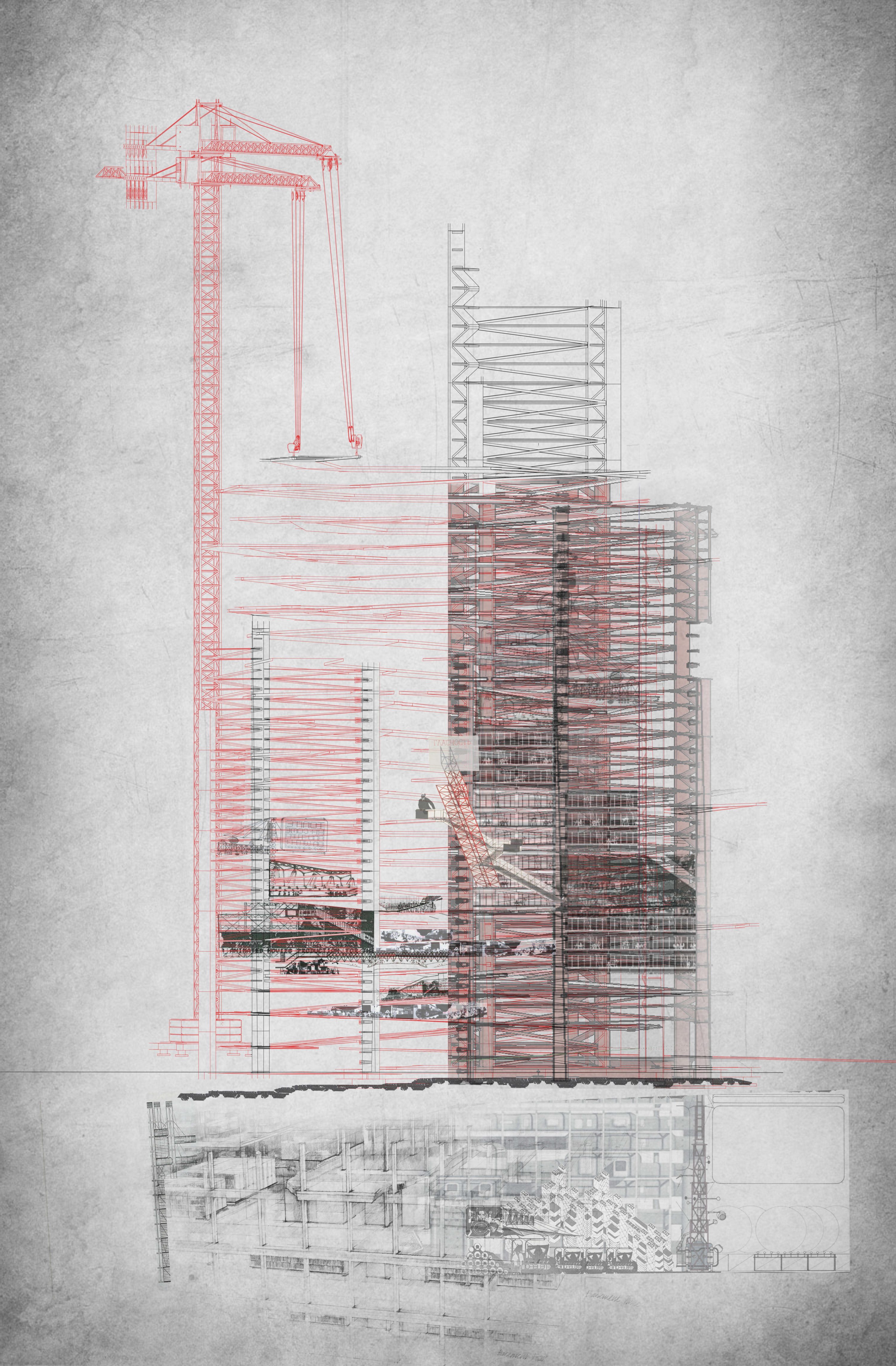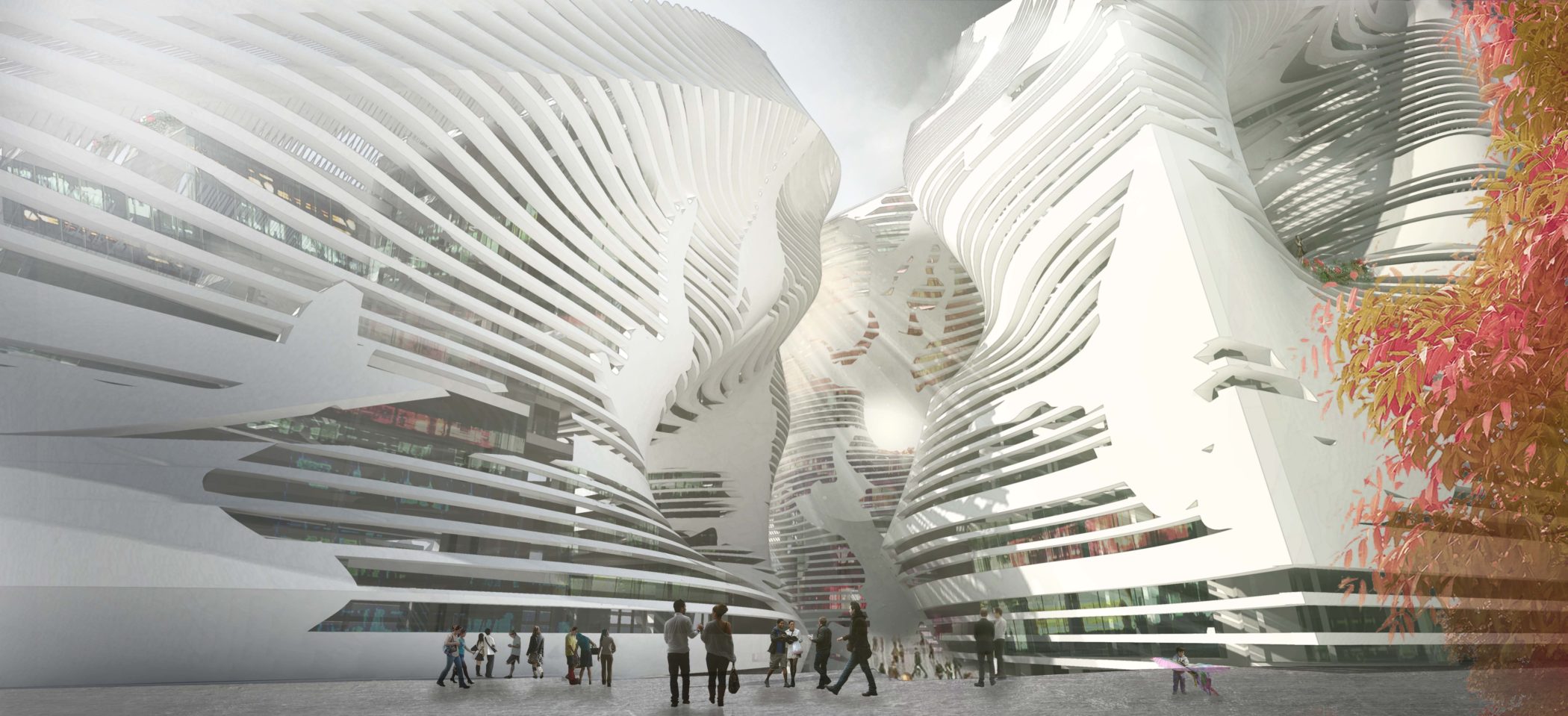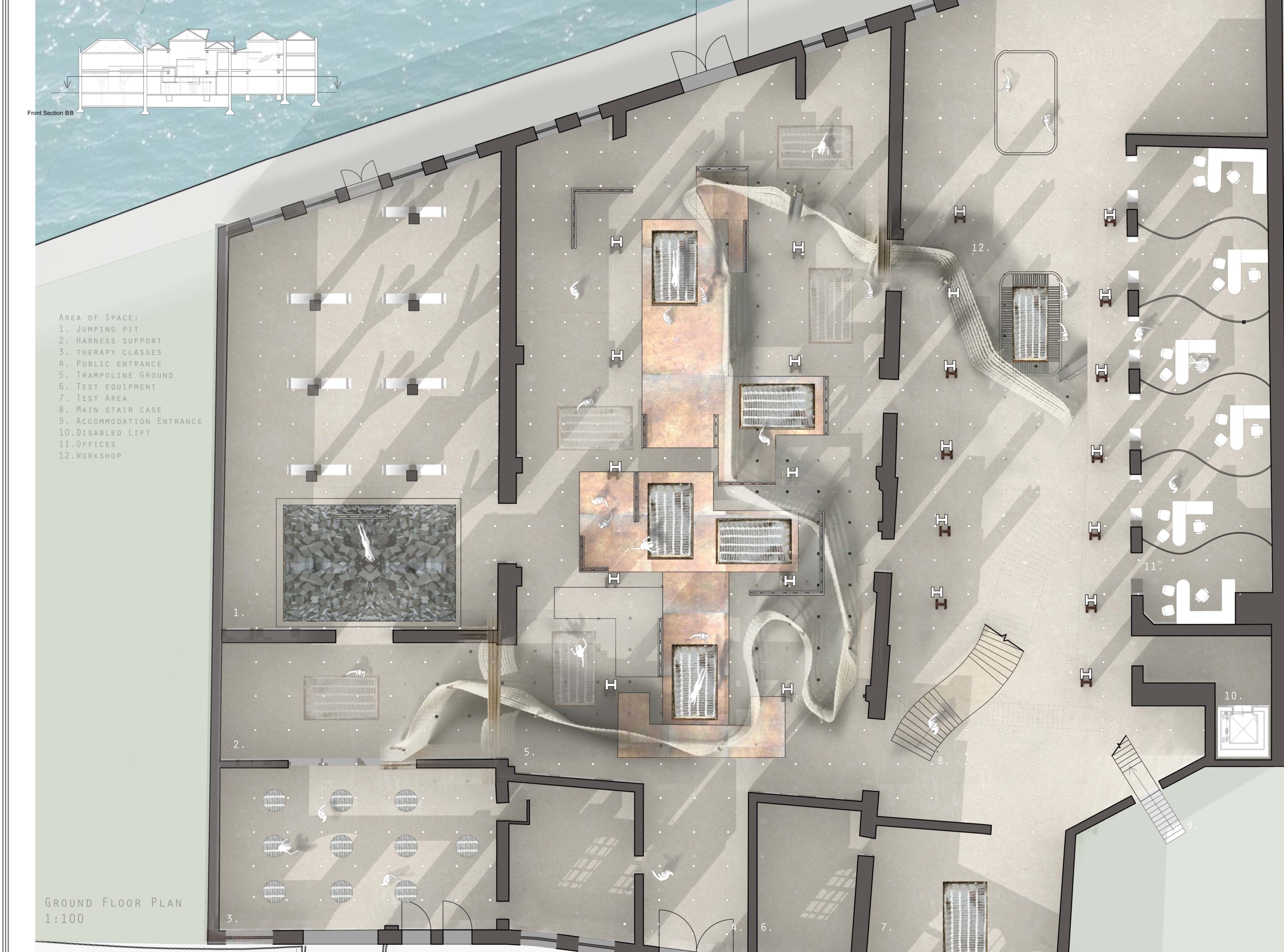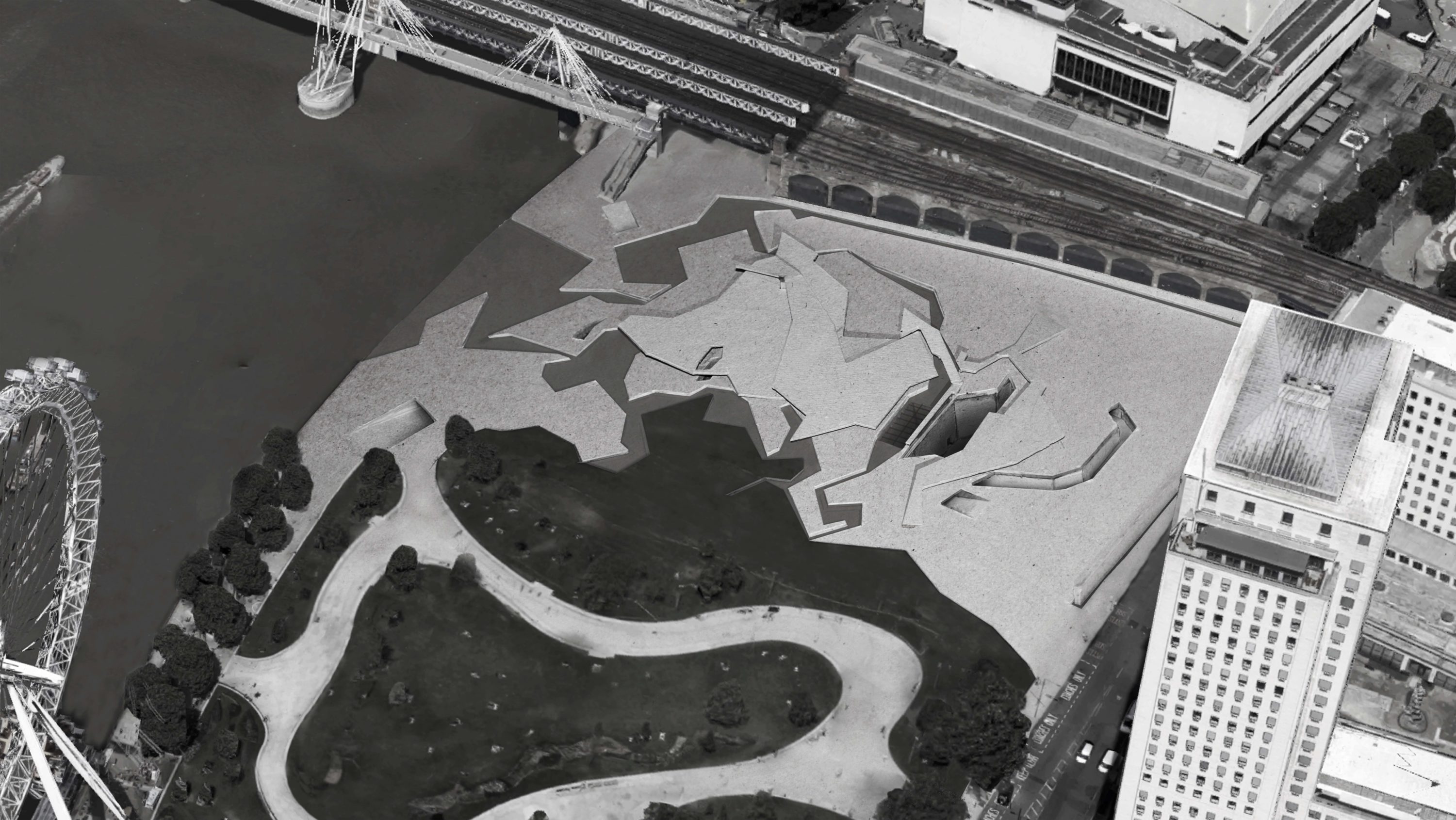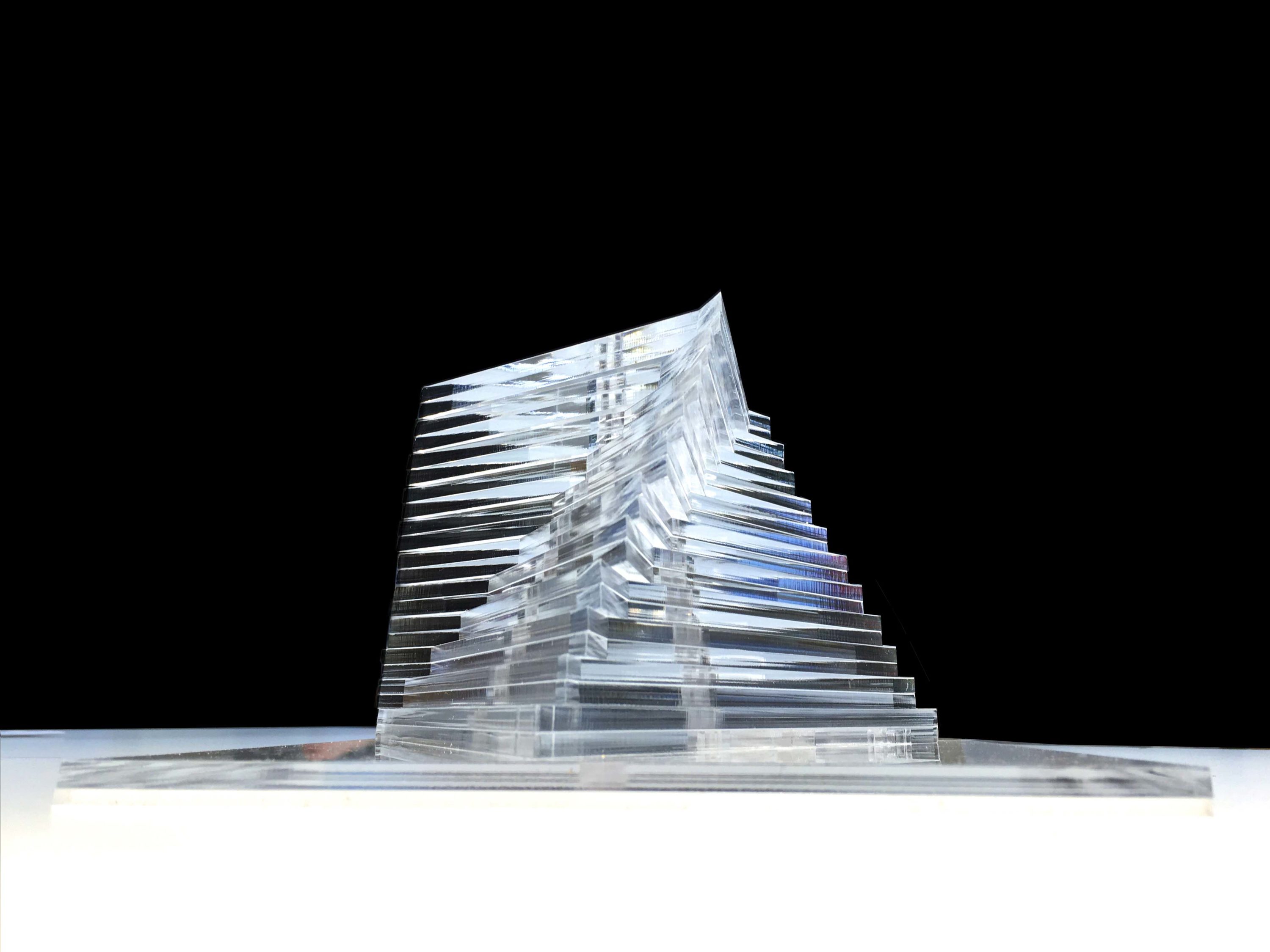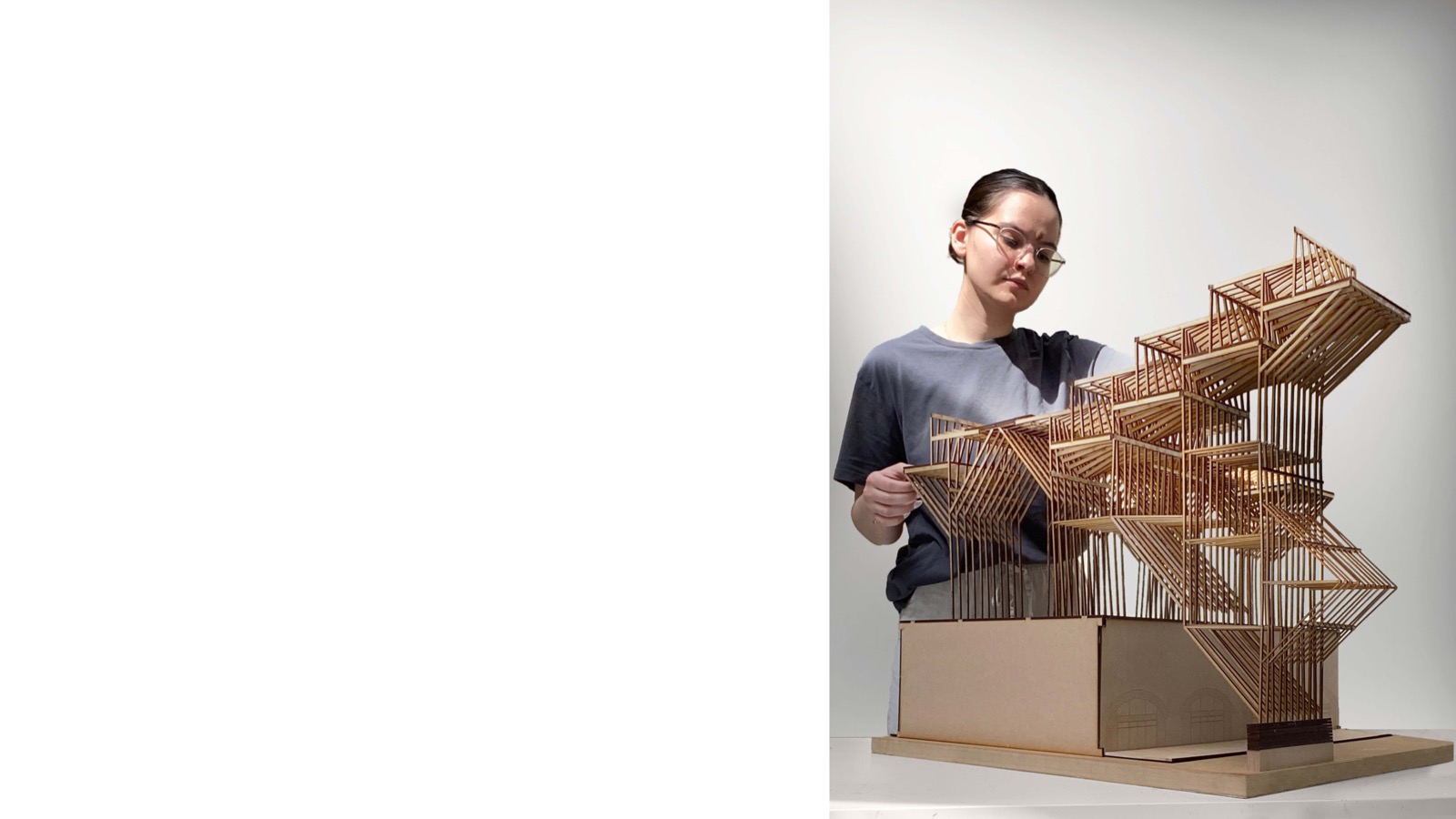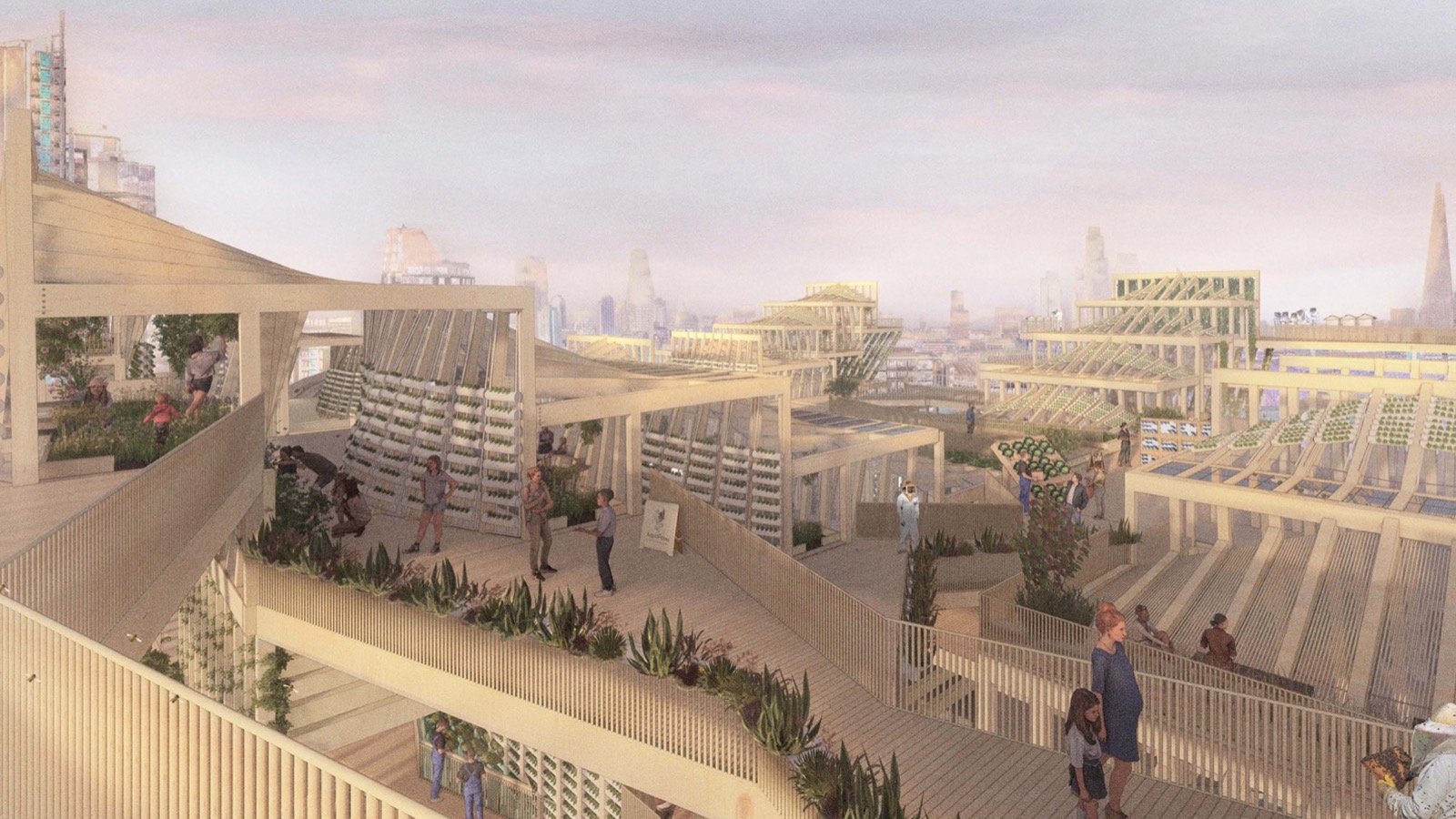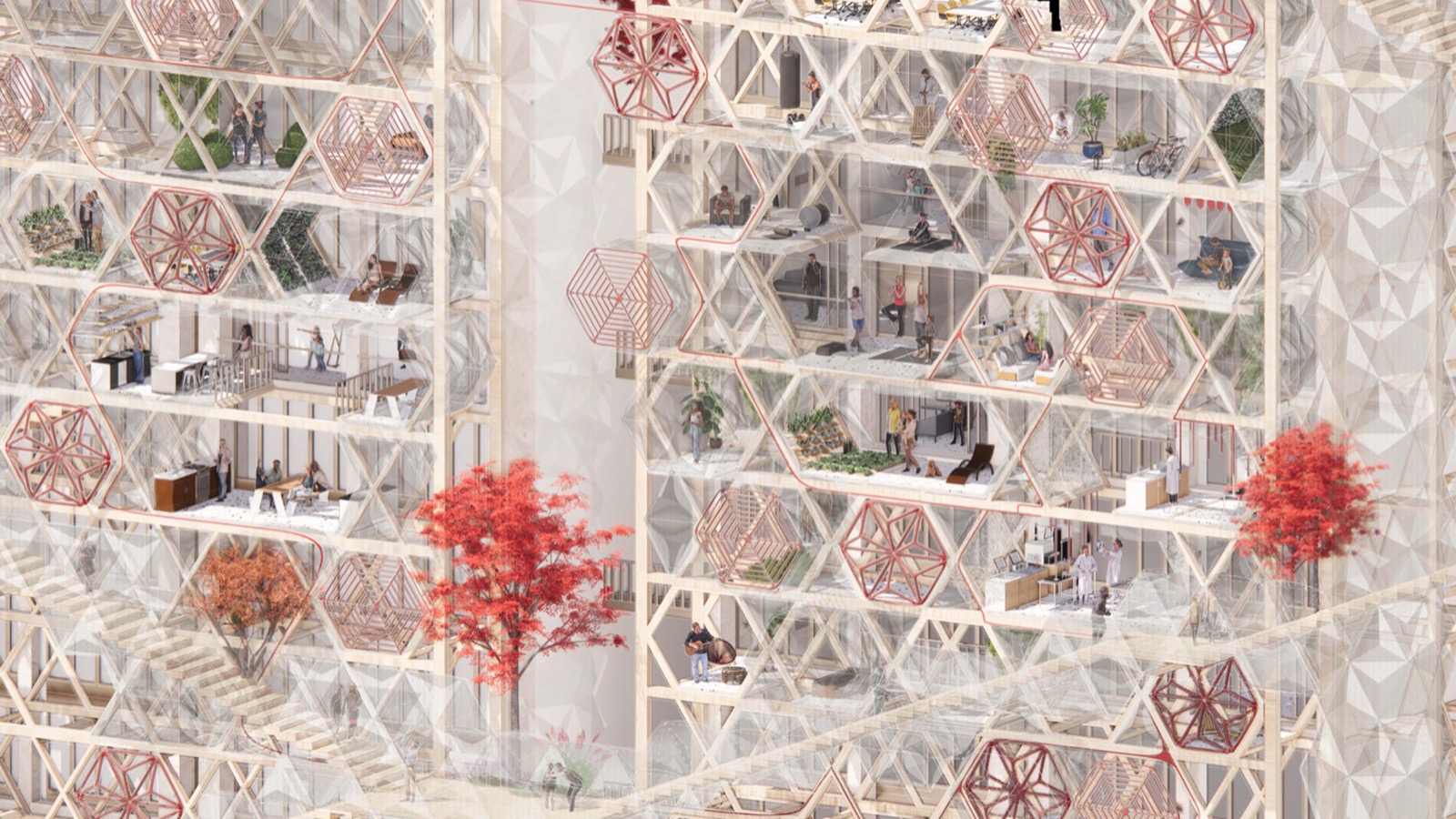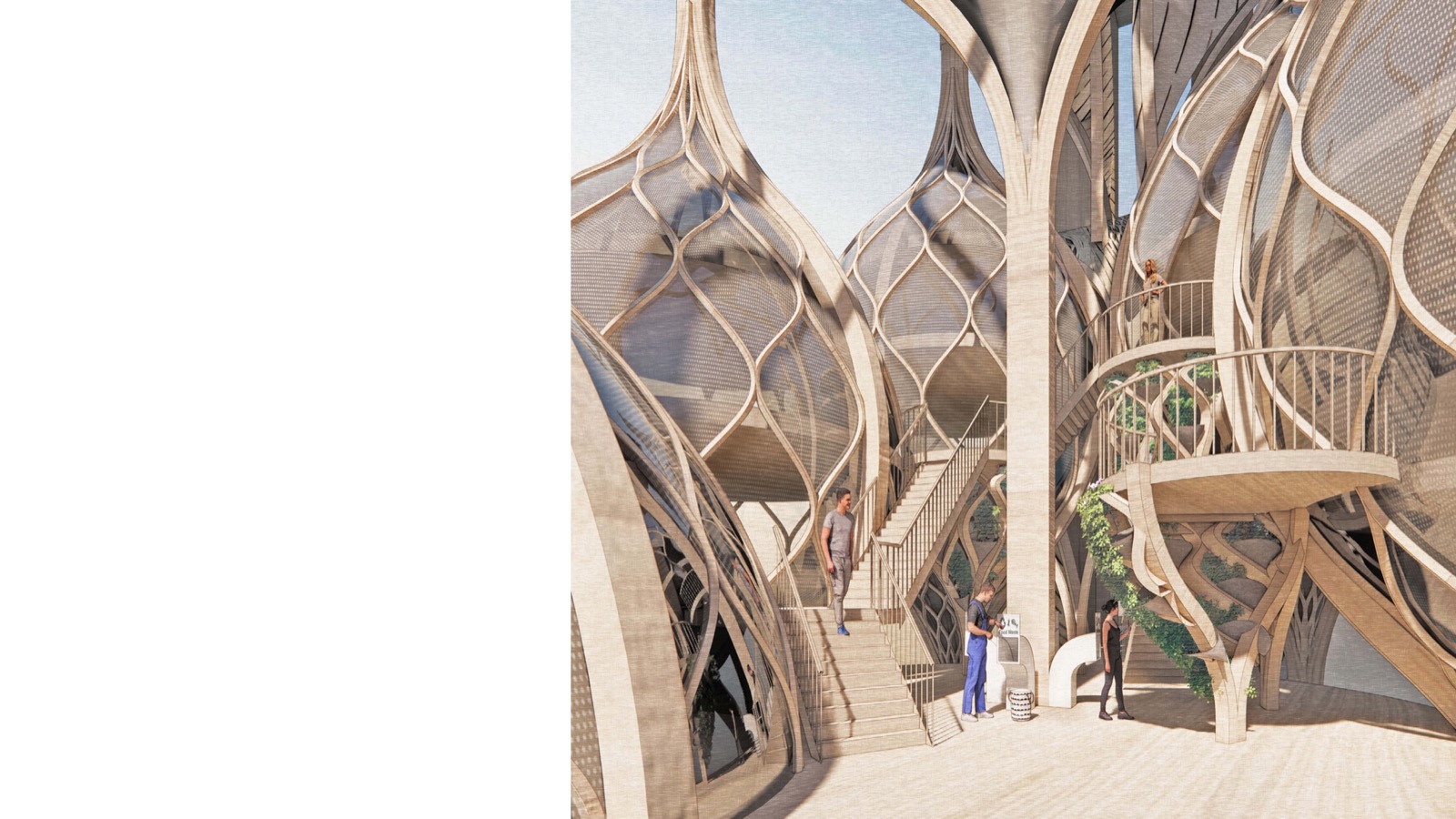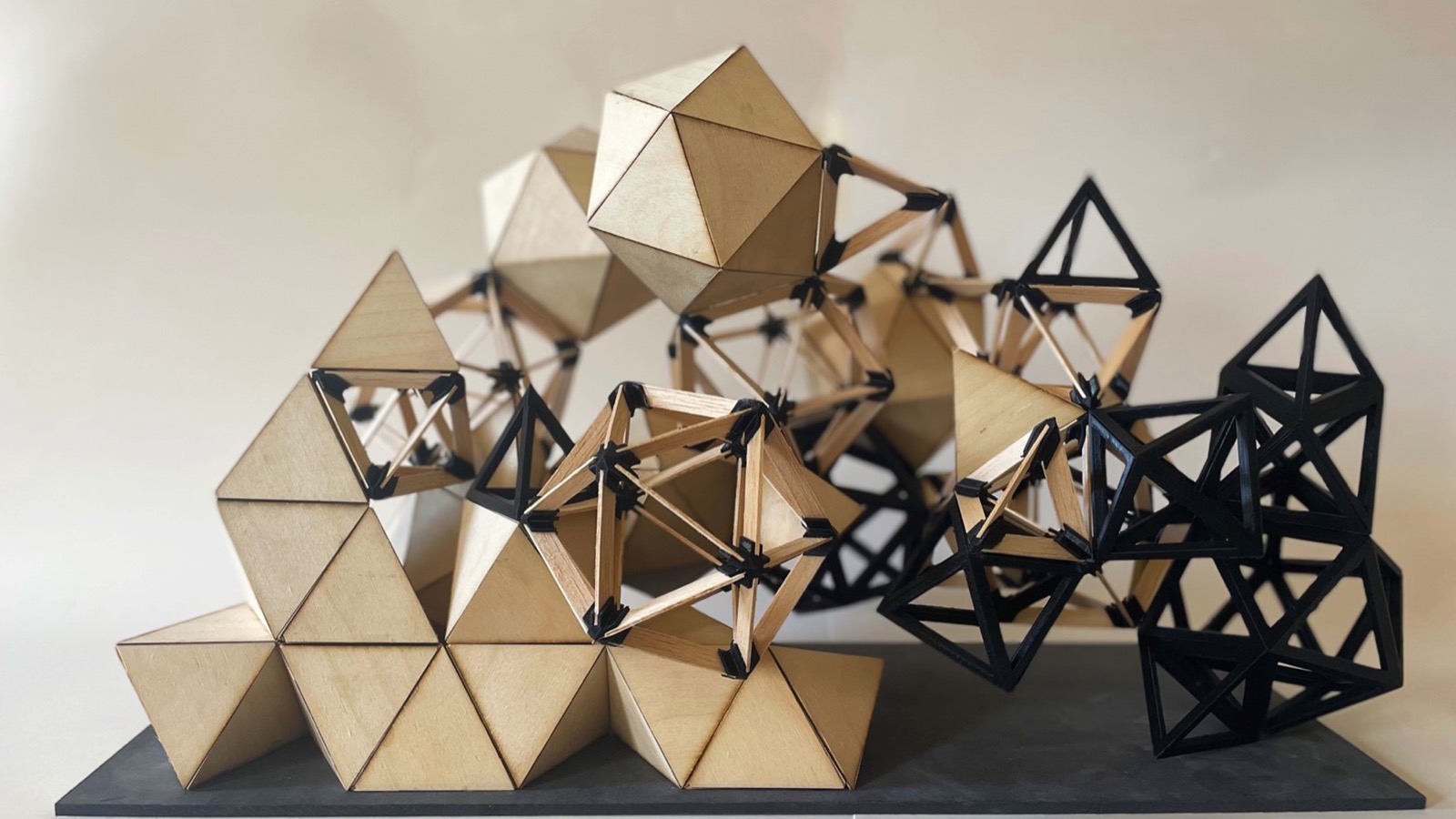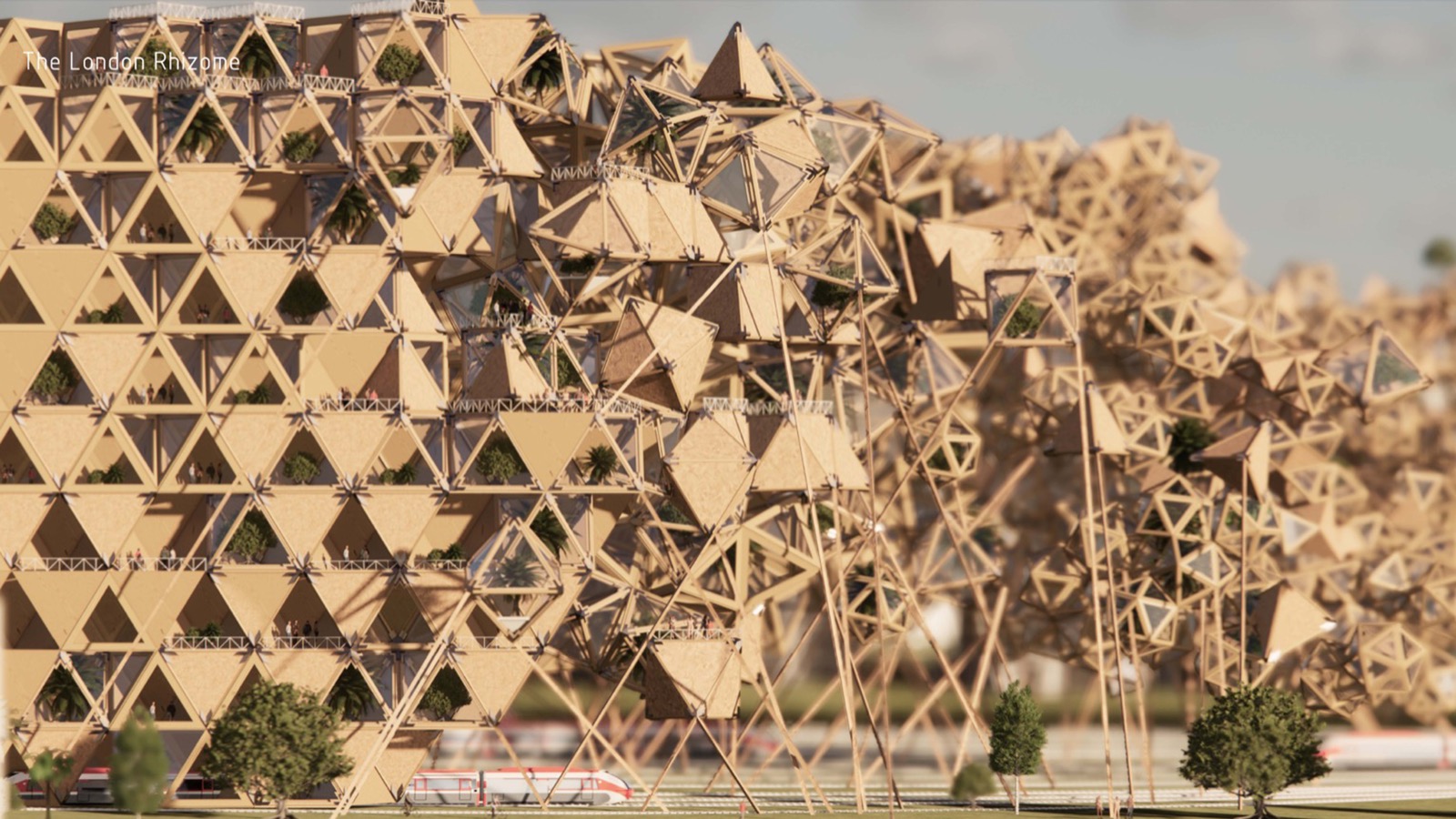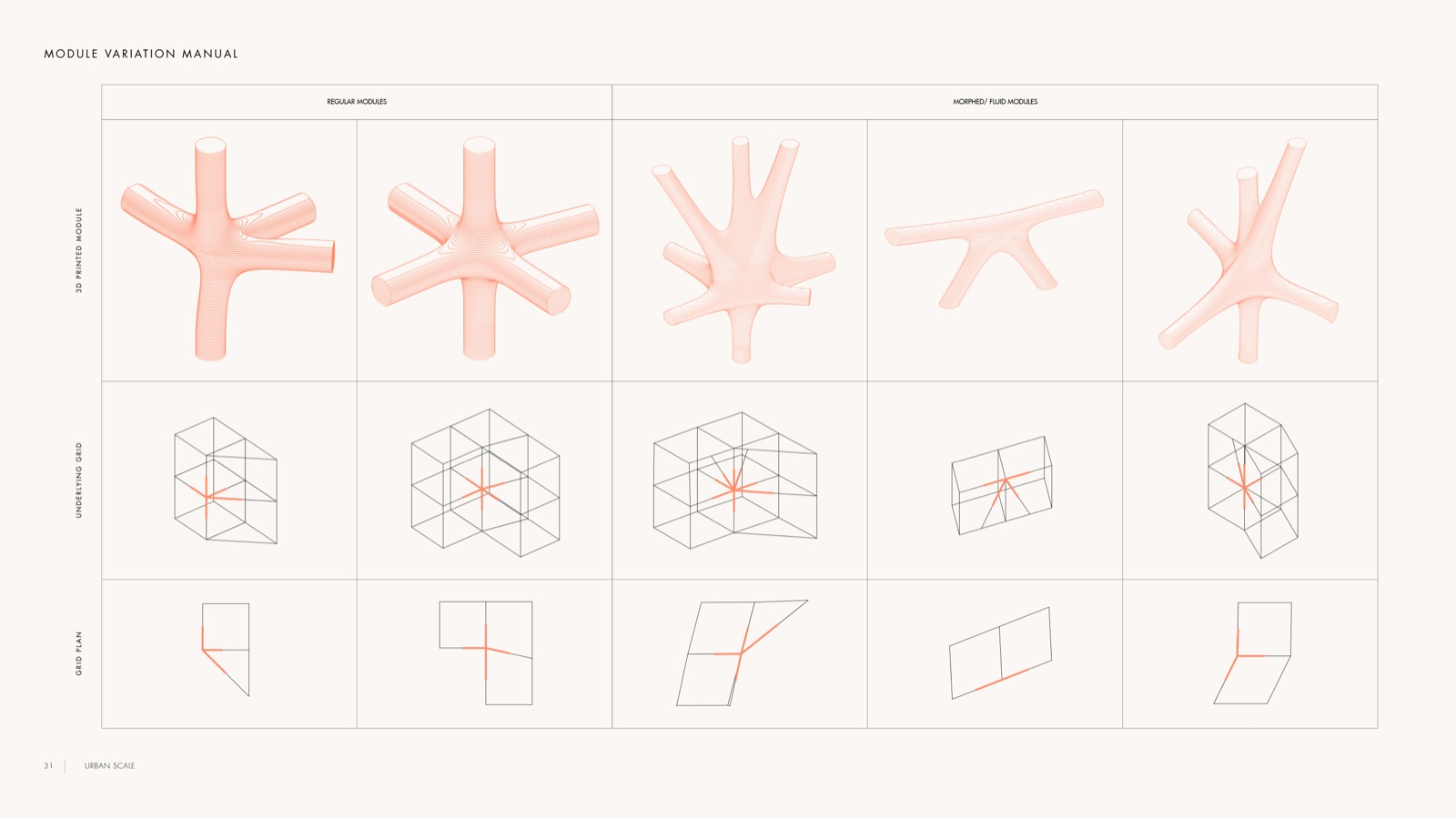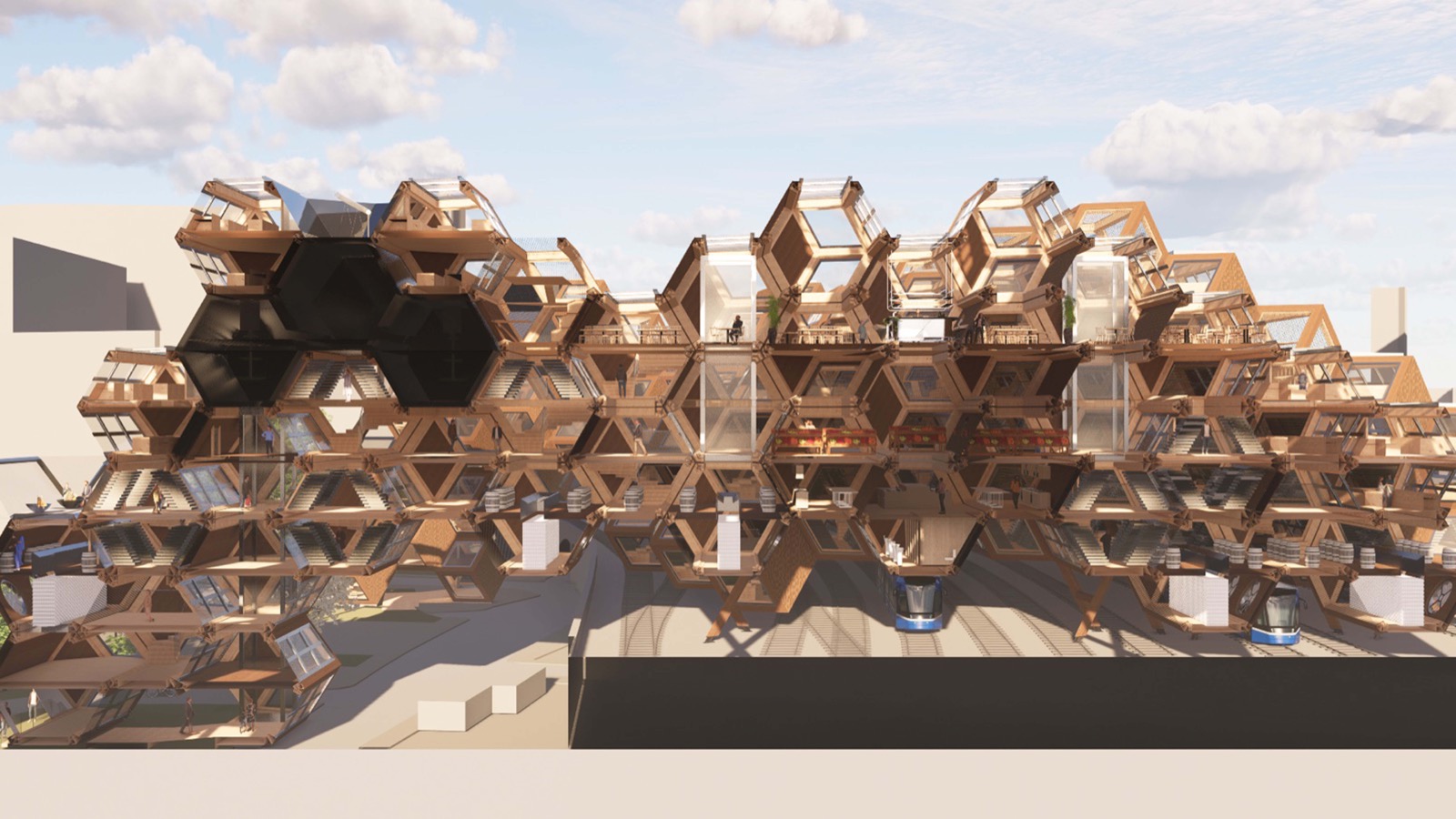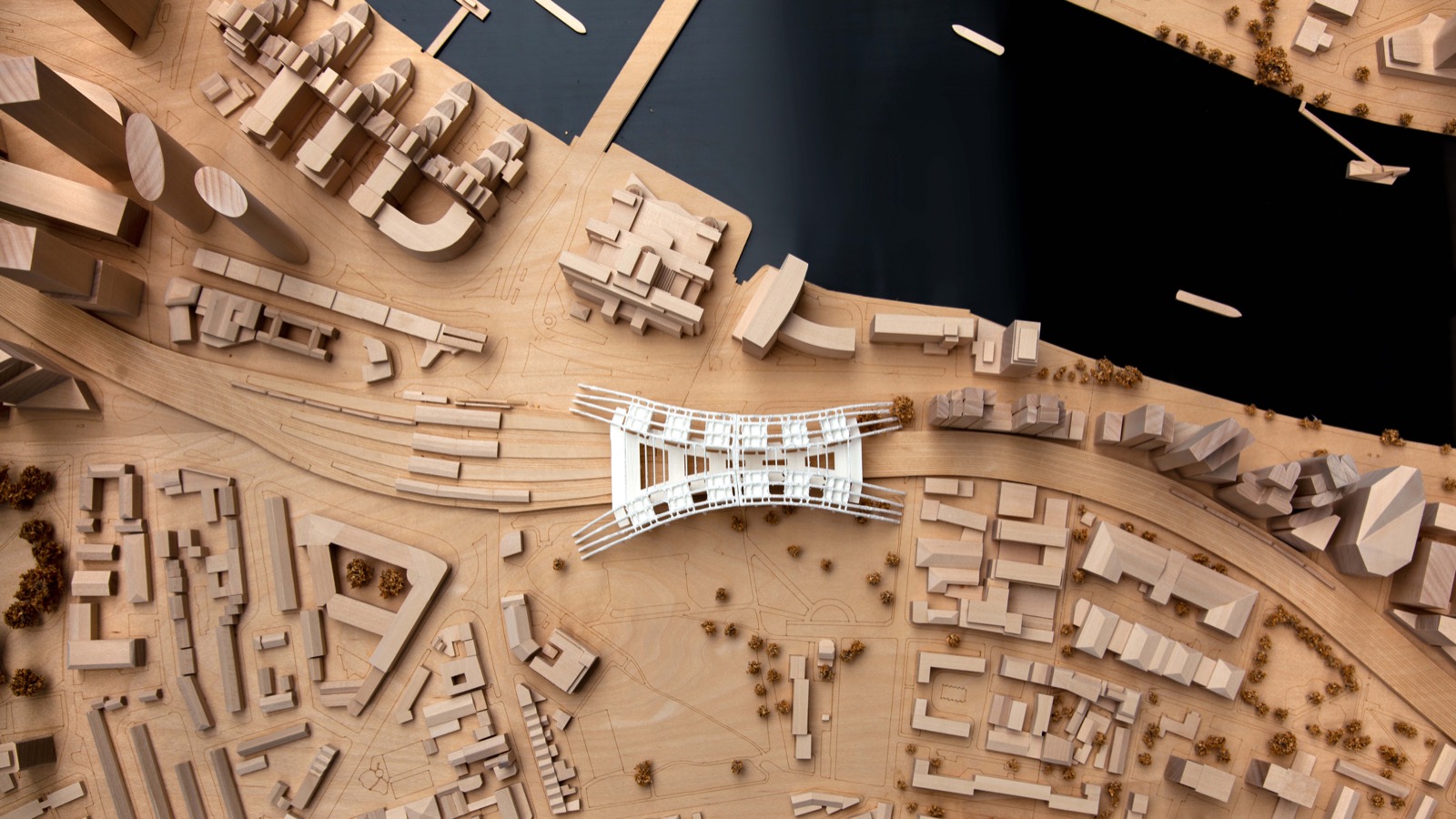Design Studio 10 ARCHIVE
Tutors: Toby Burgess and Arthur Mamou-Mani
Toby Burgess is the director of Toby Burgess Design Ltd. He has previously been design tutor on the Architectural Association’s Design and Make Course and taught the Advanced Digital Design Master’s at London Metropolitan University, with a focus on the funding and delivery of live student projects, designed and fabricated using digital design tools.
Arthur Mamou-Mani is an architect, and director of the award-winning practice Mamou-Mani, specialising in a new kind of digitally designed and fabricated architecture. Arthur is a lecturer at the University of Westminster. In 2020 the Architects’ Journal named Mamou-Mani one of its 100 ‘Disruptor’ practices. Alongside his architectural practice,Arthur founded the digital fabrication laboratory FabPub.
Eco-Parametric Architecture
Sustainability first. DS10 looks for novel solutions to sustainability issues in all its forms. We value digital exploration on the threshold between structure and ornament, coupled with thorough material testing and are interested in realistic and efficient buildings that contribute to a more sustainable society.
Brief 01: 3D Lattices/ Urban Crystallography & Self- Sufficient Bio-Machines
Coupled with Grasshopper software training, we looked at lattices as a granular spatial organising principle. From molecular systems to quasi-crystals, nature organises itself through space efficient, resilient and complex arrangements.
We started the year with a study of all these three-dimensional systems as an exercise to understand the many ways structures can be arranged in space. Using timber struts and nodes, or surfaces and hinges, we designed and built a self-sufficient small scale bio-machine to explore how the modularity of the systems allows us to work at all scales. Like a tree absorbing carbon while creating timber and fruits, the students’ architectural system were a blend of technology and nature in the urban context.
Brief 02: Eco-Parametric Urban Infrastructures to combat climate change
Nature does not make waste; everything is reused and feeds back into the system. Applying the principles of permaculture, regenerative agriculture and renewable energy generation, students designed and tested large scale infrastructures tightly interwoven into and above the urban fabric of the underused spaces over London’s railway tracks. We sought new architectural ideas which address energy needs in the age of the circular economy.
The students’ designs formed the foundations for exciting large-scale mixed-use structures, creating a new hyper dense and hyper sustainable urban fabric which created energy and dealt with waste to close the loop while helping people live better and healthier lives, and create an economy in the process.
Proposals included cradle-to-cradle business ideas, inhabited bridges forging connections between different sides of the tracks, and structures such as carbon capture devices and pollution scrubbers which actively contribute to the area.
